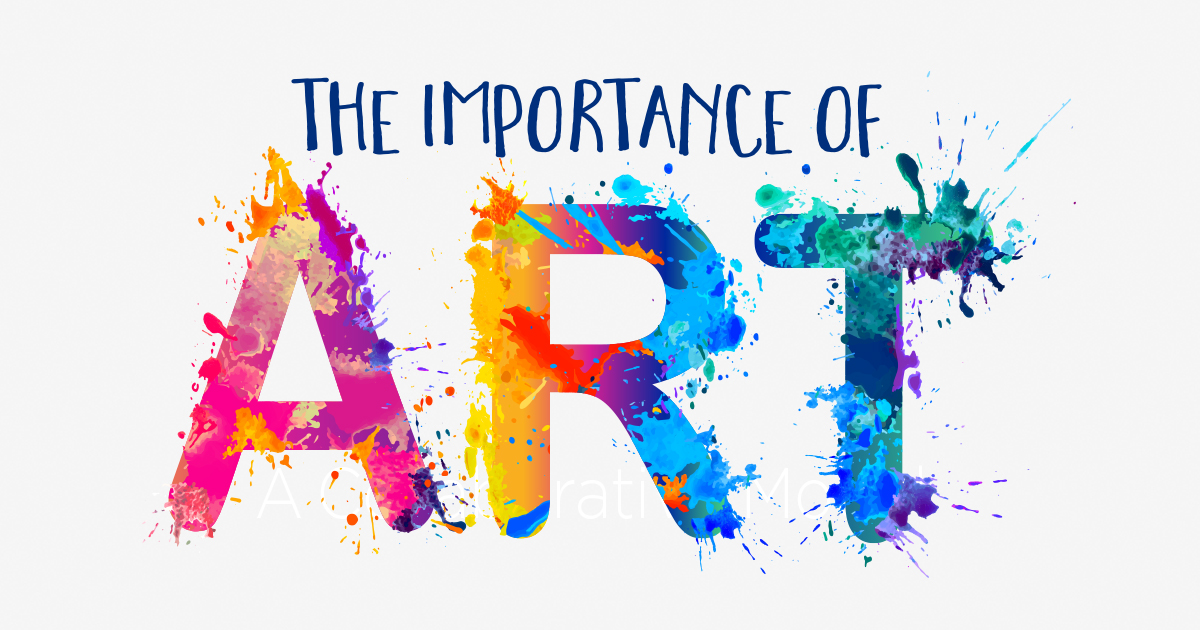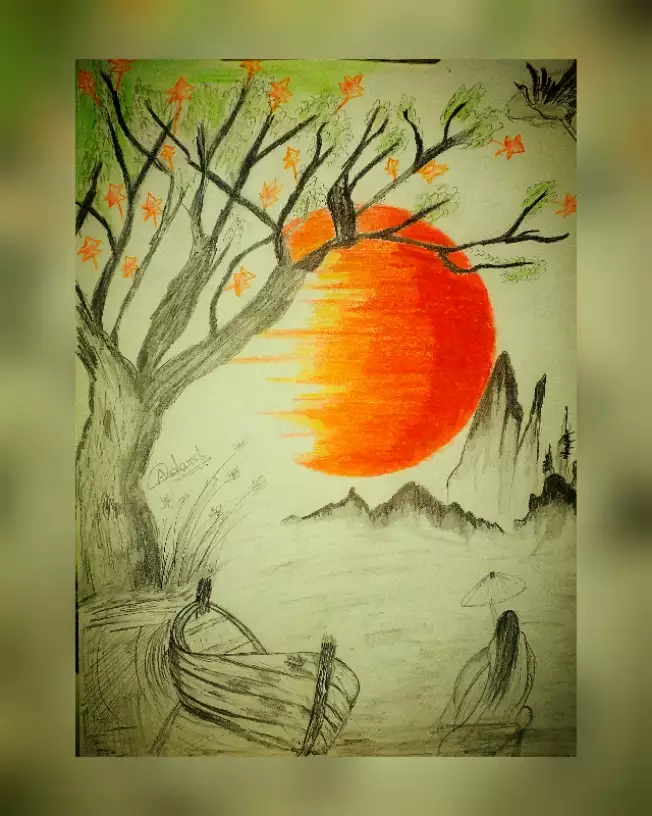The Junction of Politics and Aesthetic Appeals in Trump Art
The Junction of Politics and Aesthetic Appeals in Trump Art
Blog Article
Starting an Aesthetic Trip Via the Lyrical Analyses of Nature in Impressionist Landscapes
In the realm of art background, the Stylist activity stands apart as an essential period that revolutionized the means nature was illustrated on canvas. Artists such as Claude Monet, Camille Pissarro, Edgar Degas, Berthe Morisot, and Vincent Van Gogh caught the significance of the all-natural globe via their special analyses, producing landscapes that transcend simple graph. Each brushstroke, each play of light and darkness, and each shade choice in their jobs speaks volumes regarding the artists' deep link to nature and their capacity to equate its beauty onto the canvas. As we explore the lyrical analyses of nature in Stylist landscapes, we are invited to submerse ourselves in a globe where fact and emotion intertwine, providing a glimpse right into the artists' extensive appreciation for the environment.
The Exciting Brushstrokes of Claude Monet
Claude Monet's proficiency of brushstrokes transcends mere technique, imbuing his landscapes with an aerial quality that fascinates and captivates customers - trump art. His ingenious use of shade and light, integrated with his distinct brushwork, develops a sense of movement and life within his paints. Monet's distinguished series of works illustrating water lilies and his renowned haystacks showcase his capacity to record the fleeting effects of light and atmosphere

Taking On Light and Shadow With Camille Pissarro
Embodying a comparable reverence for the interaction of light and shadow, Camille Pissarro's artistic vision unravels as a harmonious exploration of the natural globe's luminous subtleties. Pissarro, a key figure in the Impressionist motion, masterfully captured the vibrant relationship in between light and shadow in his landscapes. His proficient usage of shade and brushwork allowed him to share the subtle shifts in light that define various times of day and seasons.
Pissarro's paints typically feature dappled sunshine infiltrating leaves, casting elaborate patterns of light and shadow on the earth below. In jobs such as "Hoar Frost, the Impact of Snow, Pontoise," Pissarro skillfully shows the crisp illumination of winter season sunshine compared with the awesome darkness that specify the snowy landscape. By embracing both light and darkness in his structures, Pissarro welcomes audiences to submerse themselves in the natural elegance and short-term impacts of light on the planet around them.

Through Pissarro's works, we are advised of the transformative power of light and darkness, inviting us to stop and appreciate the short lived minutes of appeal present in the everyday landscapes that surround us.
A Symphony of Color Styles by Edgar Degas
Edgar Degas manages a vivid symphony of shades in his skillful art work, infusing his compositions with a vibrant interaction of shades that astound the viewer's gaze. Understood mostly for his ballet dancers and intimate scenes of Parisian life, Degas skillfully controlled colors to communicate state of mind and movement in his paints. trump art. His use strong, different shades and refined tonal variants developed a sense of deepness and vibrancy within his jobs
Degas' shade combination commonly consisted of abundant blues, deep greens, and warm oranges, which he used with positive brushstrokes to catch the essence of his subjects. Whether depicting a ballerina mid-performance or a group of buddies chatting at a cafe, Degas' shades not just showed the scene yet additionally stimulated a feeling of feeling and power.
In Addition, Degas' trial and error with light and shadow included an added layer of intricacy to his shade structures, improving the overall ambience of his paints (trump art). Via his experienced adjustment of color, Degas created an aesthetic harmony that remains to resonate with visitors today
Discovering Nature's Calmness With Berthe Morisot
Berthe Morisot's imaginative vision uses a peaceful departure from the lively shade harmonies of Edgar Degas, as she records the harmony of nature Full Article in her evocative landscapes. Recognized for her fragile brushwork and intimate portrayals of everyday life, Morisot's landscapes radiate a feeling of tranquility and consistency.
Morisot's paintings often include soft, muted tones that convey a sense of peace and serenity. Her works, such as "The Cradle" and "Summer season's Day," display see post her capacity to catch the subtle elegance of nature in such a way that is both relaxing and contemplative to the customer.
Unlike some of her Stylist counterparts that concentrated on dynamic make-ups and strong shades, Morisot chose to produce mild, reflective scenes that welcome the customer to mirror and pause. Via her skillful usage of light and shadow, Morisot develops a sense of tranquility that resonates with the viewer on a deep psychological level.
The Emotional Landscapes of Vincent Van Gogh
Vincent Van Gogh's landscapes clearly communicate a depth of emotion with their vibrant brushwork and meaningful use shade. The Dutch post-impressionist musician is renowned for his capacity to record raw and intense feelings in his paints, transcending typical depictions of nature. Van Gogh's troubled personal life, noted by psychological wellness battles, considerably influenced his art, infusing his landscapes with a feeling of unease, melancholy, or liveliness.
In works such as "Starry Night" and "Wheatfield with Crows," Van Gogh's swirling brushstrokes and lively shade options evoke a profound emotional action from viewers. The unstable skies and flustered landscapes in his paintings show his inner chaos and emotional turbulence, inviting visitors to look into the complexities of his psyche.
Van Gogh's unique aesthetic language, characterized by overstated point of views and strong usage of color, develops landscapes that reverberate with viewers on a deeply emotional level. With his art, Van Gogh invites us to see nature not equally as an external reality yet as a mirror of our innermost feelings and emotions.
Final Thought
In conclusion, the impressionist landscapes of musicians such as Claude Monet, Camille Pissarro, Edgar Degas, Berthe Morisot, and Vincent Van Gogh offer a unique and captivating aesthetic analysis of nature. With their use check my reference brushstrokes, emotion, color, and light, these artists have actually created a harmony of pictures that evoke a sense of peacefulness and appeal in the environment. Their works continue to motivate and bewitch audiences with their lyrical interpretations of the landscapes around us.
Each brushstroke, each play of light and darkness, and each color choice in their works speaks volumes regarding the artists' deep link to nature and their capability to equate its beauty onto the canvas. His innovative usage of color and light, incorporated with his distinctive brushwork, creates a feeling of activity and life within his paints. His adept usage of color and brushwork permitted him to communicate the refined shifts in light that specify various times of day and periods.

Report this page